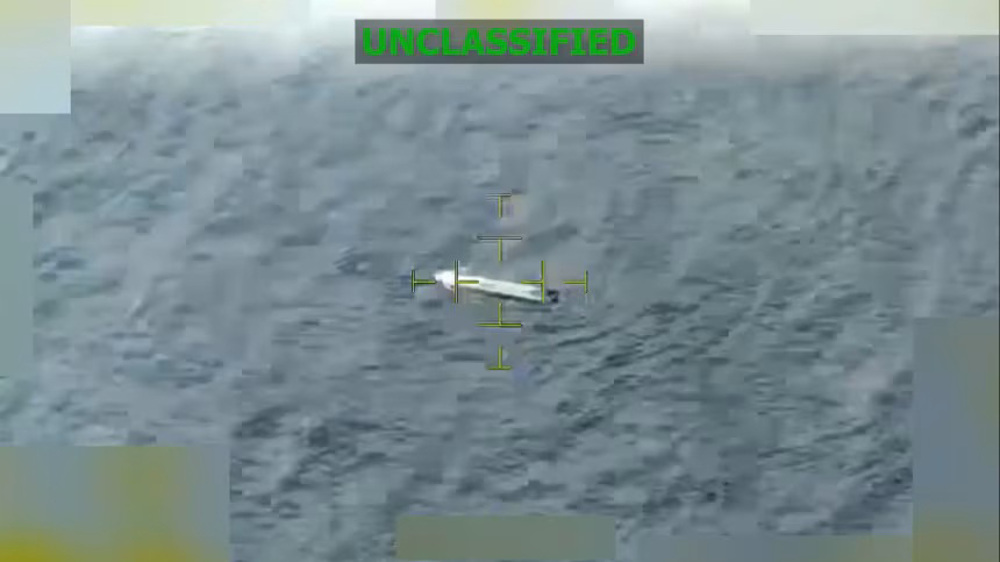NASA’s Kepler telescope enters 'emergency mode'
US National Aeronautics and Space Administration (NASA) is doing all it can to fix its expensive Kepler telescope that has entered emergency mode 75 million miles from home, putting at risk the world’s greatest hope to find habitable planets beyond the boundaries of our solar system.
Launched in 2009, Kepler has been circling the sun in an orbit just outside the Earth’s, looking for habitable planets in the unknown depths of the Milky Way galaxy through its 3.1-foot (95-centimeter) telescope and 95-megapixel camera.
However, NASA says the telescope is now at its lowest operational level which is also “fuel intensive.”
Mission engineers found out about Kepler’s critical condition during a scheduled contact Thursday.
The spacecraft is currently burning through its hydrazine fuel supply much faster than usual, making its recovery a priority for NASA.
The agency said it has given the Kepler team priority access to NASA’s Deep Space Network, a global array of communications antennas used to contact faraway spacecrafts.
Fixing the telescope at such a far distance poses a great challenge as Kepler's signals don’t travel instantaneously. This slows down communication with ground command.
“Even at the speed of light, it takes 13 minutes for a signal to travel to the spacecraft and back,” NASA said.

There is still hope for saving Kepler as it is not new to these conditions. In 2012, the spacecraft survived losing two of the four wheels used for pointing it.
That mishap put an end to Kepler’s first mission, during which it detected nearly 5,000 exoplanets with more than 1,000 of them having been confirmed.
The second mission began two years ago, when the spacecraft was sent on a journey to explore more planets and study young stars and other astronomical objects located in the outer space.
Kepler has already gone beyond its projected lifetime of 3.5 years and celebrated its 7th launch anniversary by finding a planet in the “habitable zone” around a sun-like star- which was dubbed by NASA as the Earth’s older cousin.
VIDEO | Press TV's news headlines
Hamas official: 'Land grab part of Israel’s ethnic cleansing policy'
VIDEO | Bethlehem: Where faiths meet, identity endures
VIDEO | Conflict in Sudan denies young people their right to education
VIDEO | Venezuela's national assembly passes law against piracy
14 countries condemn Israel's West Bank settlement plan
VIDEO | UK pro-Palestine hunger strikers
VIDEO | US $1tn military war budget










 This makes it easy to access the Press TV website
This makes it easy to access the Press TV website